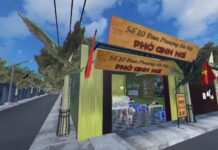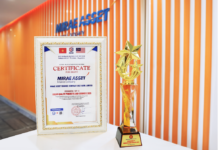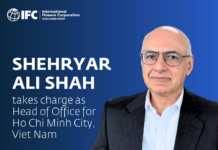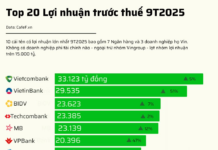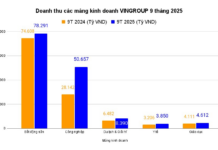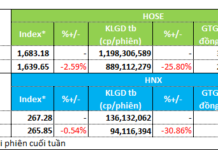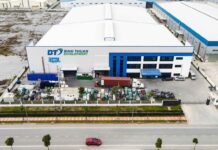Article 4 of the Vietnamese Law on Children, issued in 2016, emphasizes that “Protecting children means taking appropriate measures to ensure that children live safely and healthily.” However, in recent years, there have been unfortunate incidents and concerns raised about the safety of children in apartment buildings, with some even lacking recreational spaces due to encroachment.
Commenting on this issue, Dr. Nguyen Van Dinh, Vice President of the Vietnam Real Estate Association, pointed out two main concerns. Firstly, there is a lack of detailed regulations and guidelines that specifically address children’s safety. Secondly, there is a lack of separate considerations for children in the inspection and approval processes of design plans and existing constructions.
Additionally, Dr. Dinh highlighted the importance of developers’ and investors’ awareness during the apartment project development process. He criticized some investors for prioritizing profits and personal gains over the well-being and quality of life of the residents, including children.
“Some investors go as far as cutting corners and encroaching on areas meant for community amenities to serve their personal interests,” Dr. Dinh emphasized.
The expert suggested that developers and investors must be equipped with knowledge related to child safety and well-being. Only then can they design and create projects that ensure the safety and happiness of children living in apartment buildings.

Dr. Nguyen Van Dinh, Vice President of the Vietnam Real Estate Association, and Chairman of the Vietnam Real Estate Brokers Association.
Dr. Dinh provided an example from Thailand and Malaysia, where social housing projects with 8,000 apartments still maintained well-integrated infrastructure and amenities, including recreational and sports facilities. The designs showed a clear consideration for disabled people and children, reflecting the developers’ initial awareness and attention to vulnerable groups.
“In contrast, our country still lacks this awareness, even in apartment designs. We need to establish criteria to identify features in buildings and residential areas that ensure children’s safety, including accessible transportation systems, elevators, and fire safety measures,” Dr. Dinh evaluated.
He commended reputable developers who have delivered quality projects with strict compliance to legal regulations, such as Vinhomes and Ecopark in Hanoi. These projects offer diverse infrastructure and amenities, catering to the needs of residents, especially children, with schools and playgrounds.
“It is evident that developers with a conscious mindset and a caring attitude towards this vulnerable group will create projects that meet stringent standards, earning the trust and confidence of prospective residents,” Dr. Dinh added.
Therefore, Dr. Dinh proposed that awards for projects should also consider the developers’ awareness as a criterion. This would encourage the creation of high-quality and safe projects, especially for children.




